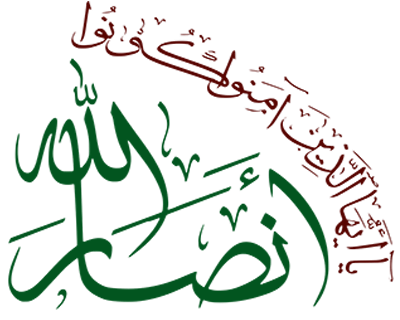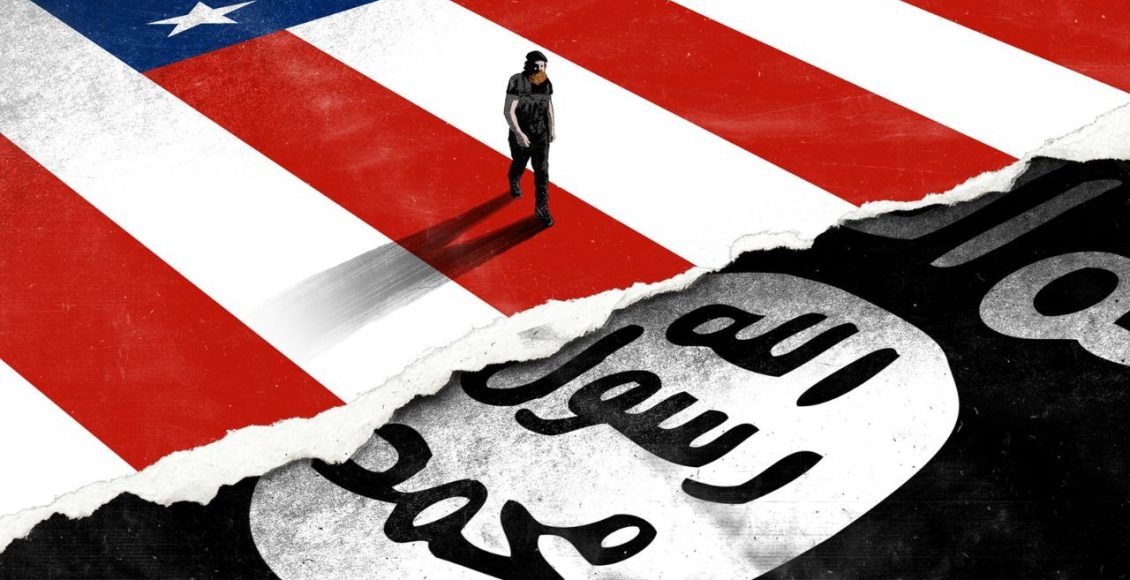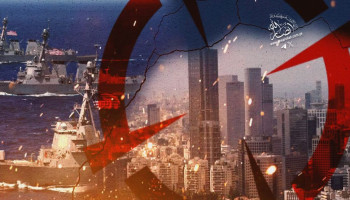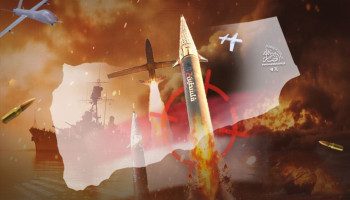The region finds itself on edge as Takfiri terrorist groups resurface in Syria, attempting to regain control over cities. What exactly is happening, and how is the United States involved in reigniting this conflict?
The picture is no longer unclear. U.S. President-elect Donald Trump eagerly awaits his inauguration on January 20, with a list of hot issues requiring attention. However, it is now evident that the Palestinian issue and our region referred to as the "Middle East" will remain far from calm.
Trump’s recent threats confirm this. He has warned the region of "hell" if the Palestinian resistance does not release all hostages before his swearing-in. Trump declared, “The price paid in the Middle East will be heavy, and they will face hell.”
This stance signals troubling intentions. Rather than halting Israeli aggression in Gaza or facilitating negotiations for the hostages' release, rather than threaten the region further. Hamas leader Basem Naim criticized Trump’s approach, asserting, “His message should be directed at the temporary entity and Netanyahu, urging them to end their manipulative use of negotiations for personal political gain.” Naim emphasized that Palestinian factions were on the brink of a significant agreement, which collapsed due to Netanyahu’s brutal decisions.
Syria: A Prelude to Orchestrated Chaos
Trump’s statements are not isolated; they come amid a series of developments suggesting the region is on the brink of turmoil, with Trump seemingly holding the match that could spark it. What is unfolding in Syria seems to be only the beginning.
Syrian and resistance leaders affirm that the events in Syria are part of a broader U.S.-Israeli scheme targeting the entire region. Syrian Ambassador to Egypt and the Arab League, Hussam Al-Din Alaa, stated, “What is happening in Syria continues the pattern seen in Gaza and Lebanon, with the key difference being the use of terrorist tools and proxies to achieve the same goals.”
Alaa explained that the American plan is clear in Gaza, where the Israeli occupation wages comprehensive war against the Palestinian people, and in Lebanon, where Israel continues its barbaric aggression. The movement of terrorist tools in Syria is part of this same scheme. If successful there, it could spread to Iraq, Lebanon, Egypt, and Jordan, allowing Washington to return to its old strategy of destabilizing Arab societies through terrorist groups, redirecting Arab focus from their real enemies: Israel and the United States.
The United States understands the danger posed by regional unity against the Zionist entity and the growing support for resistance factions. It also recognizes the crisis facing Israel due to continued strikes from Iraq, Yemen, Lebanon, and Gaza. To counter this, it mobilizes terrorist proxies to disrupt support for Gaza and drown the region in chaos.
Iraq: An Unhealed Wound
Iraq, still reeling from years of terrorism since 2011, remains on high alert. In response to potential U.S.-backed escalations,
Iraqi resistance factions and the Popular Mobilization Forces (PMF) are prepared to confront any threat. PMF leader Faleh al-Fayyad stated, underscored their readiness, stating, “We are experts in fighting terrorist groups.”
Former Prime Minister Nouri al-Maliki described the recent terrorist attacks in Syria as unsurprising, seeing them as part of the broader scheme targeting the region. He emphasized Iraq’s determination to prevent extremists from re-entering its borders, recalling the devastating toll of car bombings, mass civilian casualties, and the enslavement of women.
Yemen: Strength and Readiness.
In this unfolding scenario, Yemen stands out as a significant force. Yemeni armed forces are the only ones in the region directly confronting the American and Israeli forces rather than their proxies, inflicting severe defeats. However, it is not far-fetched that Washington may once again deploy its tools aiming to salvage its tarnished image, especially through factions loyal to Saudi Arabia and the UAE.
One factor that ignites the Yemeni front is the nation’s steadfast support for Gaza and its precise strikes against the Zionist entity using drones and advanced missiles. Yet, what truly exhausts Yemen’s enemies is its courageous leadership, represented by Sayyid Abdul-Malik Badruldeen al-Houthi, who fully understands the risks of American schemes and moves decisively to counter them. His leadership, coupled with the Yemeni people’s unity and their awareness of these plots.
As tensions escalate, it is evident that the U.S., Israel, and Takfiri groups share a unified objective: undermining and dismantling resistance movements that stand in their way. With the region on edge, only resilience and unity will be decisive in determining the future amidst these looming threats.







